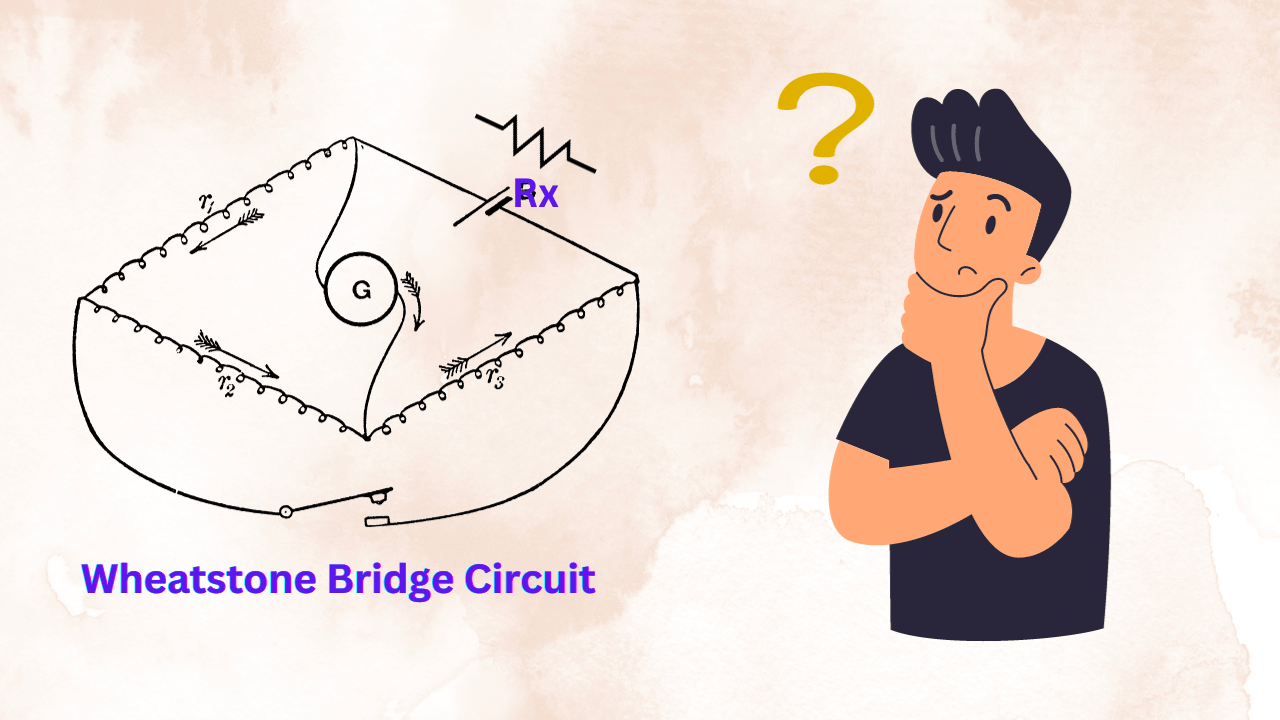What is Wheatstone Bridge?
The Wheatstone Bridge is a fundamental electrical circuit used to measure resistance with precision and accuracy. Invented by Samuel Hunter Christie in 1833 and popularized by Sir Charles Wheatstone in the mid-19th century, this bridge circuit has found applications in various fields, from electronics to engineering. In this article, we will delve into the intricacies of the Wheatstone Bridge, exploring its principles, components, applications, and more.
The Basics of the Wheatstone Bridge
What is Wheatstone Bridge?
The Wheatstone Bridge is an electrical circuit used to measure the resistance of an unknown electrical component accurately. It operates on the principle of a balanced bridge, where the ratio of resistances in the circuit determines the unknown resistance.
How Does It Work?
The Wheatstone Bridge comprises four resistors arranged in a diamond shape, with a galvanometer connected in between. A voltage source is connected across the Left side and Right side points of the diamond. When the bridge is balanced, no current flows through the galvanometer, indicating that the ratio of resistances in the two arms of the bridge is equal.
Components of a Wheatstone Bridge
Resistors
The heart of the Wheatstone Bridge lies in its resistors. These are precision resistors with known resistance values, carefully selected to create a balanced bridge.
Galvanometer
The galvanometer serves as the indicator in the Wheatstone Bridge circuit. It detects the presence or absence of current flow, indicating whether the bridge is balanced or not.
Power Source
A stable power source, typically a battery or a voltage supply, provides the necessary voltage for the circuit.
Working Principle
Balancing the Bridge
The key principle of the Wheatstone Bridge is to balance the circuit by adjusting the known resistances until no current flows through the galvanometer.
Null Indicator
The galvanometer acts as a null indicator, showing when the bridge is balanced and the ratio of resistances is known.
Sensitivity
The Wheatstone Bridge is highly sensitive to even small changes in resistance, making it an ideal tool for precise measurements.
Wheatstone Bridge equation

The Wheatstone Bridge equation is used to calculate the unknown resistance (Rx) in a Wheatstone Bridge circuit. The equation is as follows:
Rx = R2xR3/R1
Where:
- Rx is the unknown resistance you want to measure.
- R1 is one of the known resistors in the bridge.
- R2 is the other known resistor in the same bridge branch as R
- R3 is the known resistor in the opposite bridge branch.
By adjusting R2 and R3 until the bridge is balanced (meaning no current flows through the galvanometer), you can determine the value of the unknown resistance Rx using this equation. This is the fundamental principle behind the Wheatstone Bridge for accurately measuring resistance.
Applications
Measurement of Unknown Resistance
One of the primary applications of the Wheatstone Bridge is determining the resistance of an unknown resistor accurately.
Strain Gauge
In industries, strain gauges use the Wheatstone Bridge to measure mechanical strain, making it valuable in fields like structural engineering.
Temperature Compensation
It is used to compensate for temperature variations in resistive sensors, ensuring accurate measurements in various environmental conditions.
Load Cell
Load cells in scales and industrial equipment rely on the Wheatstone Bridge to measure the weight or force applied.
Advantages of the Wheatstone Bridge
High Accuracy
The Wheatstone Bridge offers exceptional accuracy in resistance measurements.
Wide Range of Applications
Its versatility allows it to be used in diverse fields, from electronics to civil engineering.
Simple Circuitry
Despite its precision, the Wheatstone Bridge is relatively simple in design.
Limitations
Sensitivity to Temperature Variations
Changes in temperature can affect the accuracy of Wheatstone Bridge measurements.
External Interference
External electromagnetic interference can disrupt the bridge’s balance, leading to inaccurate readings.
Historical Significance
Contributions of Sir Charles Wheatstone
Sir Charles Wheatstone’s work popularized the bridge circuit and its applications, earning him a prominent place in electrical engineering history.
Modern Developments
The Wheatstone Bridge concept has evolved with advancements in technology, contributing to modern innovations.
Importance in Modern Technology
Electrical Engineering
The Wheatstone Bridge is indispensable in electrical engineering for precise resistance measurements.
Physics
In physics research, it aids in conducting experiments that require accurate resistance data.
Civil Engineering
Civil engineers use it for structural health monitoring and strain measurements.
Conclusion
The Wheatstone Bridge remains a vital tool in various fields, offering precision and accuracy in resistance measurements. Its historical significance, coupled with its modern applications, makes it a cornerstone of electrical engineering and scientific research.
Frequently Asked Questions (FAQs)
Q1. Who invented the Wheatstone Bridge?
A1. The Wheatstone Bridge was invented by Samuel Hunter Christie and popularized by Sir Charles Wheatstone.
Q2. What are the primary components of a Wheatstone Bridge?
A2. The primary components include resistors, a galvanometer, and a power source.
Q3. How is a Wheatstone Bridge used to measure unknown resistance?
A3. By adjusting known resistances until the bridge is balanced, the unknown resistance can be accurately determined.
Q4. What are some common applications of the Wheatstone Bridge?
A4. Common applications include measuring unknown resistances, strain gauges, temperature compensation, and load cells.
Q5. Can the Wheatstone Bridge be affected by external factors?
A5. Yes, external factors such as temperature variations and electromagnetic interference can impact its accuracy.








